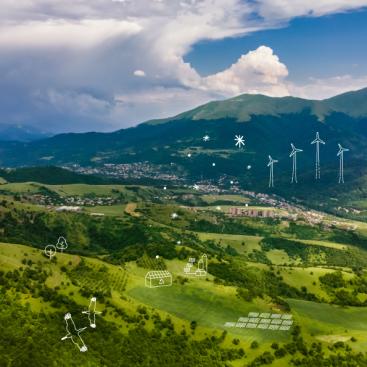Ideas

Discover the 2023 impact report of Mirova Environment Acceleration Capital (MEAC)

From carbon to biodiversity credits, it’s all about financing projects supporting a Net Zero and Nature-Positive economyThis paper outlines Mirova’s position on the potential recourse to so-called “environmental market instruments” such as voluntary carbon credits and biodiversity credits/certificates.

From carbon to biodiversity credits, it’s all about financing projects supporting a Net Zero and Nature-Positive economyThis paper outlines Mirova’s position on the potential recourse to so-called “environmental market instruments” such as voluntary carbon credits and biodiversity credits/certificates.


2023 Review and 2024 Outlook

2023 Review and 2024 Outlook

